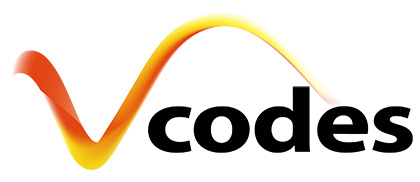Offline Video encoding is usually done on servers running Linux or Windows by software encoders using CPUs, or hardware encoders, using GPUs. This is contrary to traditional TV live encoding which is usually done by dedicated hardware encoders.
What is CPU Encoding?
CPU encoding is when the software uses the CPU to perform all the calculations and operations involved in video encoding. The most popular CPU encoders today are usually open-source and are used by the major streaming services worldwide (i.e. x264, x265).
What is GPU Encoding?
GPU encoding is when the software uses the GPU to perform some or all of the calculations and operations involved in video encoding. GPU encoding is usually done by hardware from Nvidia, AMD or Intel.
CPU Advantages
- More compatible: CPU encoding can support more codecs, formats, and features than GPU encoding, as it does not depend on the specific hardware or driver of the GPU.
- Better encoding quality: Popular CPU encoders like x264 and x265 are highly optimized and their encoding results are hard to match by GPU encoders.
- More flexible: CPU encoding can offer more options and settings for video encoding than GPU encoding, as it can use more complex algorithms and techniques.
- More consistent: CPU encoding can produce more consistent and predictable results than GPU encoding, as it does not vary depending on the GPU model or performance.
GPU Advantages
- Faster: GPU encoding can be faster than CPU encoding, especially for high-resolution and high-bitrate videos, as it can process more data and instructions in parallel.
- More power efficient: GPU encoding can use less power and generate less heat than CPU encoding, as it can leverage the specialized architecture and design of the GPU.
- Less prone to bottlenecking: GPU encoding can be less affected by other tasks and processes running on the computer, as it has its own dedicated resources on the GPU.
Conclusion
CPU encoding and GPU encoding are two different methods of video encoding that have their own pros and cons. CPU encoding is more compatible, flexible, and consistent, but slower, more resource-intensive, and more prone to bottlenecking. GPU encoding is faster, more power efficient, and less prone to bottlenecking, but less compatible, flexible, and consistent.
CPU encoding will generally be more suitable for VOD encoding, where encoding time is less a factor so you get the benefit of fine-tuning encoding settings, run tests and achieve the highest quality possible. GPU encoding, on the other hand, is better for applications where encoding speed is a must, like live streaming.
A media processing platform, like the Vcodes vCoder, can manage either software encoders using CPUs, or hardware encoders, using GPUs.


